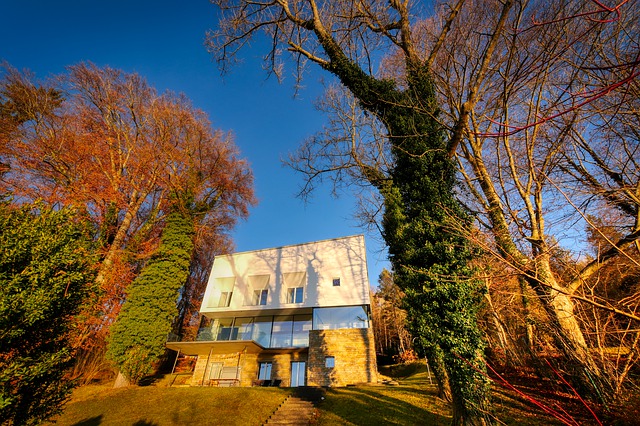Introduction
In the world of real estate, the term “fixture” is commonly used, but what exactly does it mean? A fixture refers to an item or feature that is permanently attached to a property, typically immovable without causing damage. Understanding fixtures is crucial for both buyers and sellers, as they can have legal and financial implications in real estate transactions. In this article, we will delve deeper into the concept of fixtures in real estate, exploring their types, significance, and the factors that determine whether an item qualifies as a fixture or not.
Types of Fixtures
Fixtures in real estate can be categorized into two main types: real property fixtures and trade fixtures.
Real Property Fixtures: Real property fixtures are items that are permanently affixed to a property and are considered part of the real estate. These fixtures are typically included in the sale of the property unless otherwise specified. Examples of real property fixtures include built-in appliances, lighting fixtures, plumbing fixtures, and even landscaping features like trees or shrubs that are rooted in the ground.
Trade Fixtures: Trade fixtures, on the other hand, are items that are attached to a property for business purposes. Unlike real property fixtures, trade fixtures are not considered part of the real estate and can be removed by the tenant or business owner when they vacate the premises. Common examples of trade fixtures include display shelves, specialized equipment, or machinery used in a business operation.
Significance of Fixtures
The distinction between fixtures and personal property is crucial in real estate transactions. Fixtures are typically included in the sale of a property, while personal property is not. This distinction can have legal and financial implications for both buyers and sellers.
For buyers, understanding which items are fixtures can help determine the value of the property and negotiate the terms of the sale. Fixtures are considered part of the property and are expected to be in working condition unless otherwise specified. Buyers can request repairs or replacements for fixtures that are not functioning properly.
Sellers, on the other hand, need to be aware of what fixtures are included in the sale to avoid any disputes with buyers. Clearly identifying and documenting fixtures in the sales contract can help prevent disagreements and ensure a smooth transaction.
Determining if an Item is a Fixture
Determining whether an item qualifies as a fixture or personal property can sometimes be a complex task. Courts often consider several factors to make this determination, including:
Method of Attachment: The manner in which an item is attached to the property can be a significant factor. Items that are permanently affixed, such as built-in cabinets or light fixtures, are more likely to be considered fixtures.
Adaptability: If an item is specially designed or customized to fit a particular property, it is more likely to be considered a fixture. For example, a custom-made chandelier that perfectly fits a specific space would likely be classified as a fixture.
Intent: The intent of the person who attached the item to the property is also taken into account. If the intention was to permanently improve the property, the item is more likely to be considered a fixture.
Agreement of the Parties: In some cases, the buyer and seller may have a specific agreement regarding certain items. If both parties agree that an item is included or excluded from the sale, their agreement will generally prevail.
Conclusion
Fixtures play a significant role in real estate transactions. Understanding the distinction between fixtures and personal property is crucial for both buyers and sellers. Real property fixtures are permanently attached to the property and are typically included in the sale, while trade fixtures are removable and belong to the tenant or business owner. Determining whether an item qualifies as a fixture involves considering factors such as the method of attachment, adaptability, intent, and any agreements between the parties. By understanding the concept of fixtures, buyers and sellers can navigate real estate transactions more effectively.
References
– National Association of Realtors: www.nar.realtor
– LegalMatch: www.legalmatch.com
– Investopedia: www.investopedia.com













